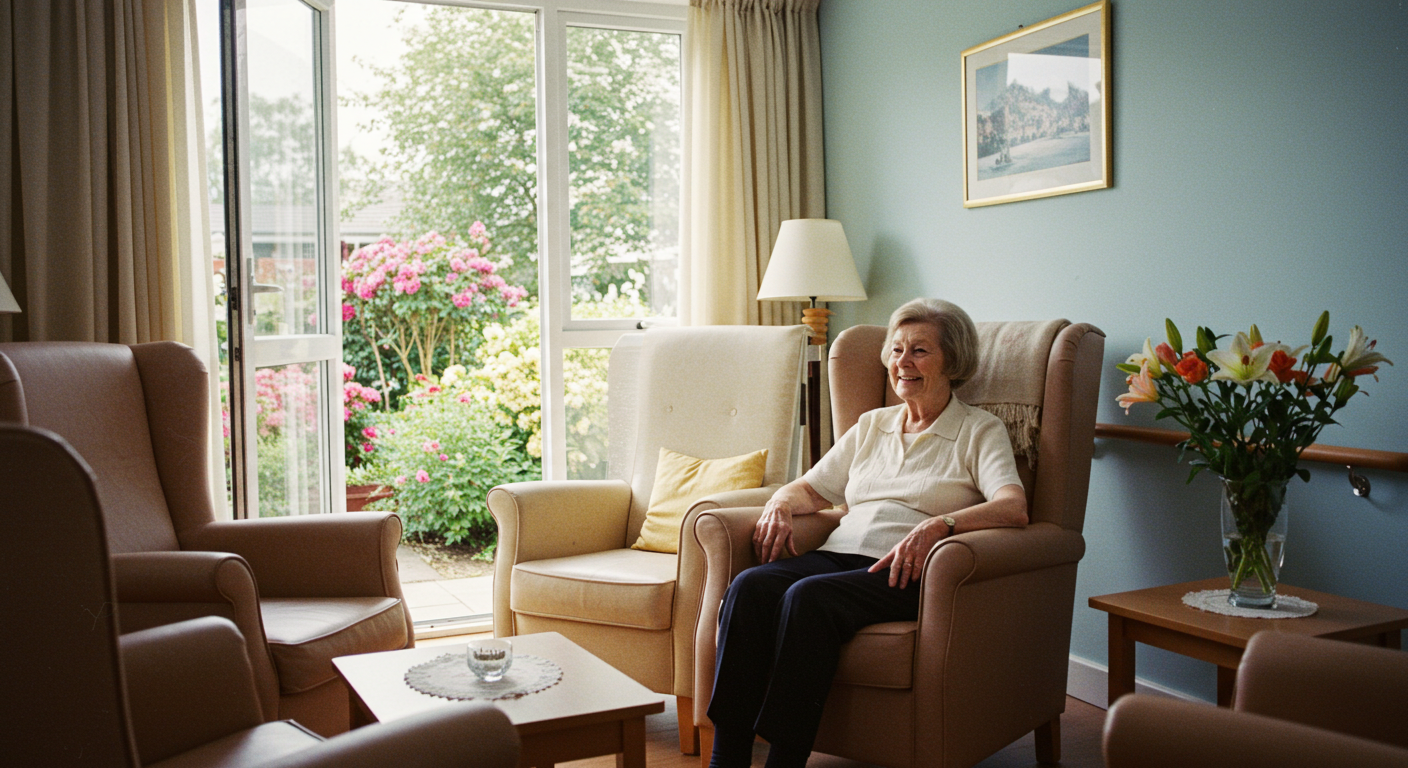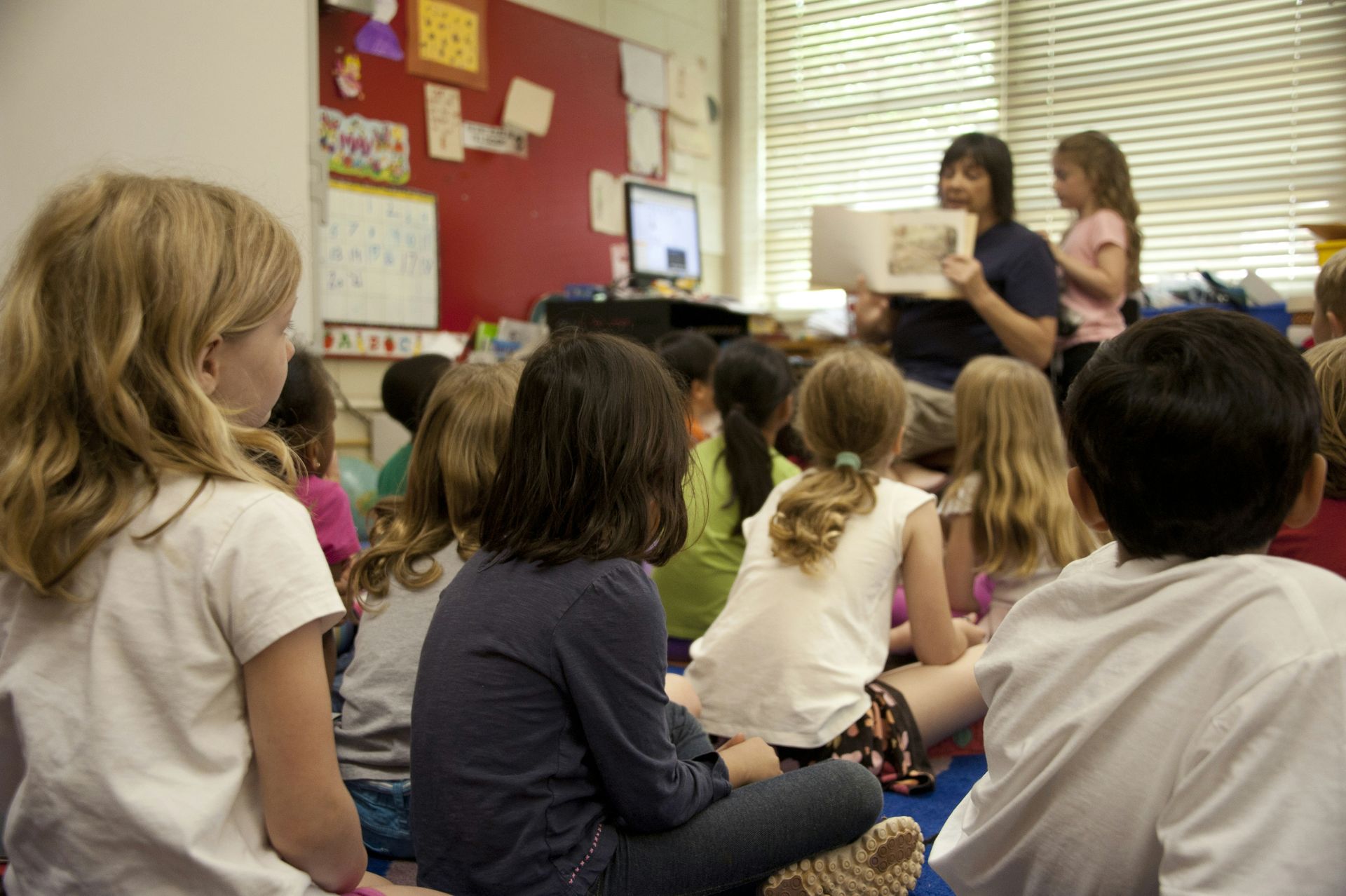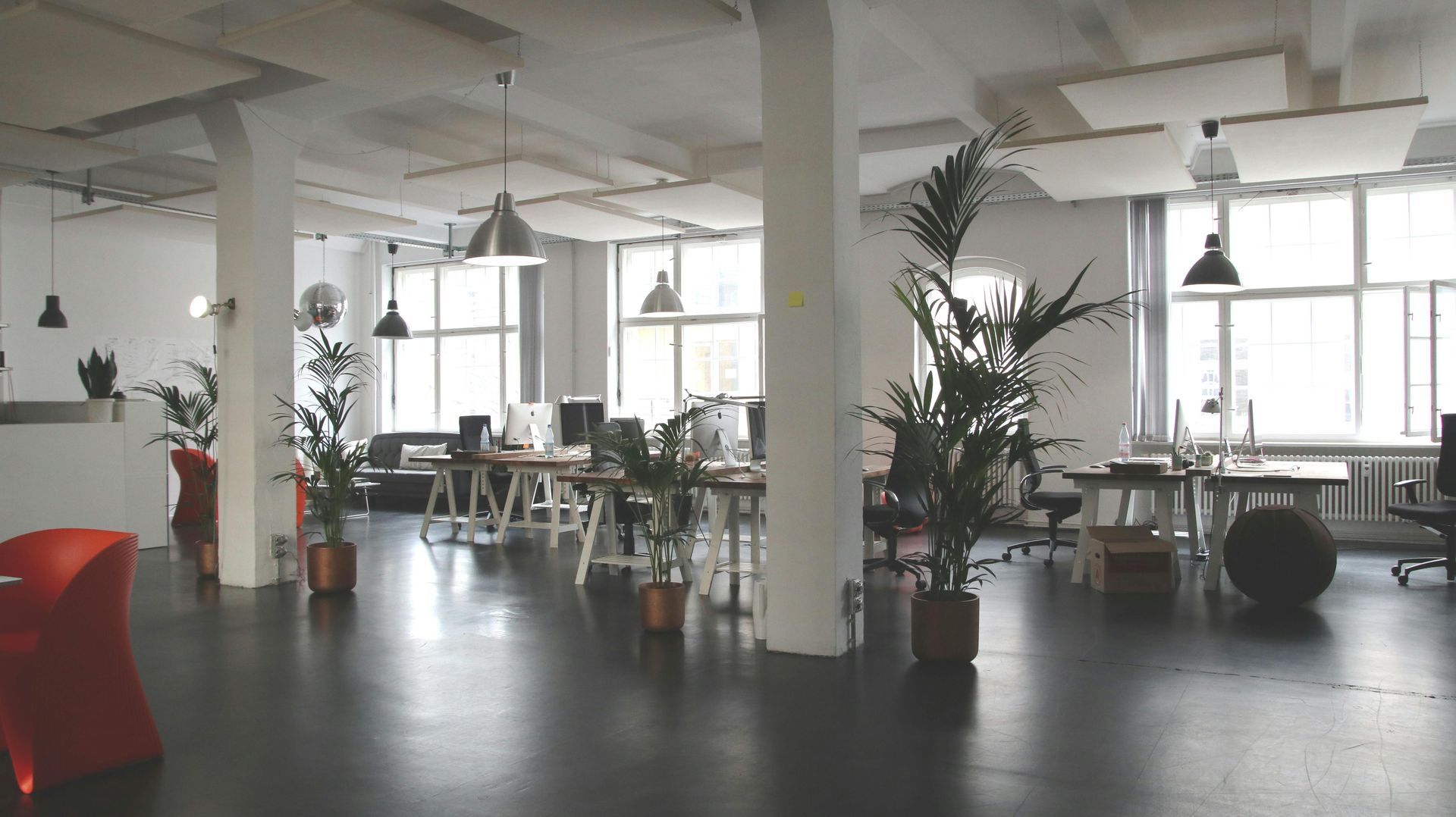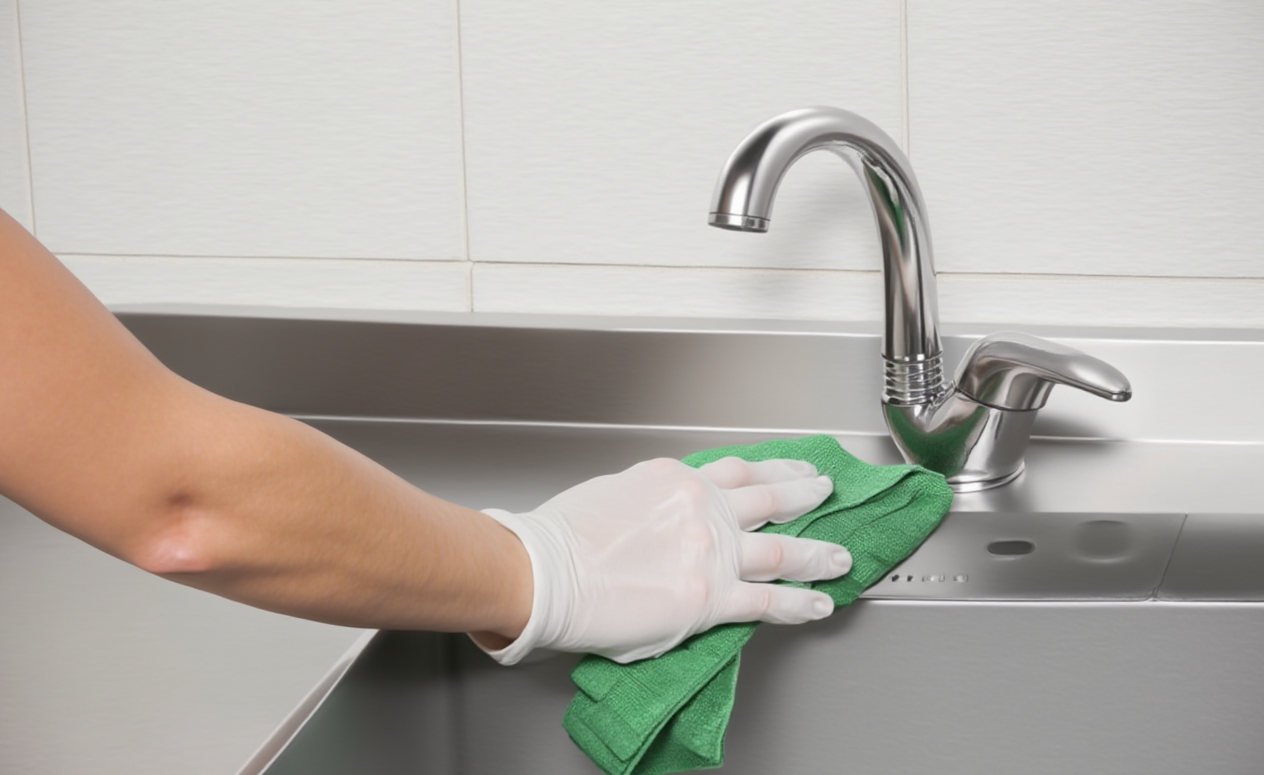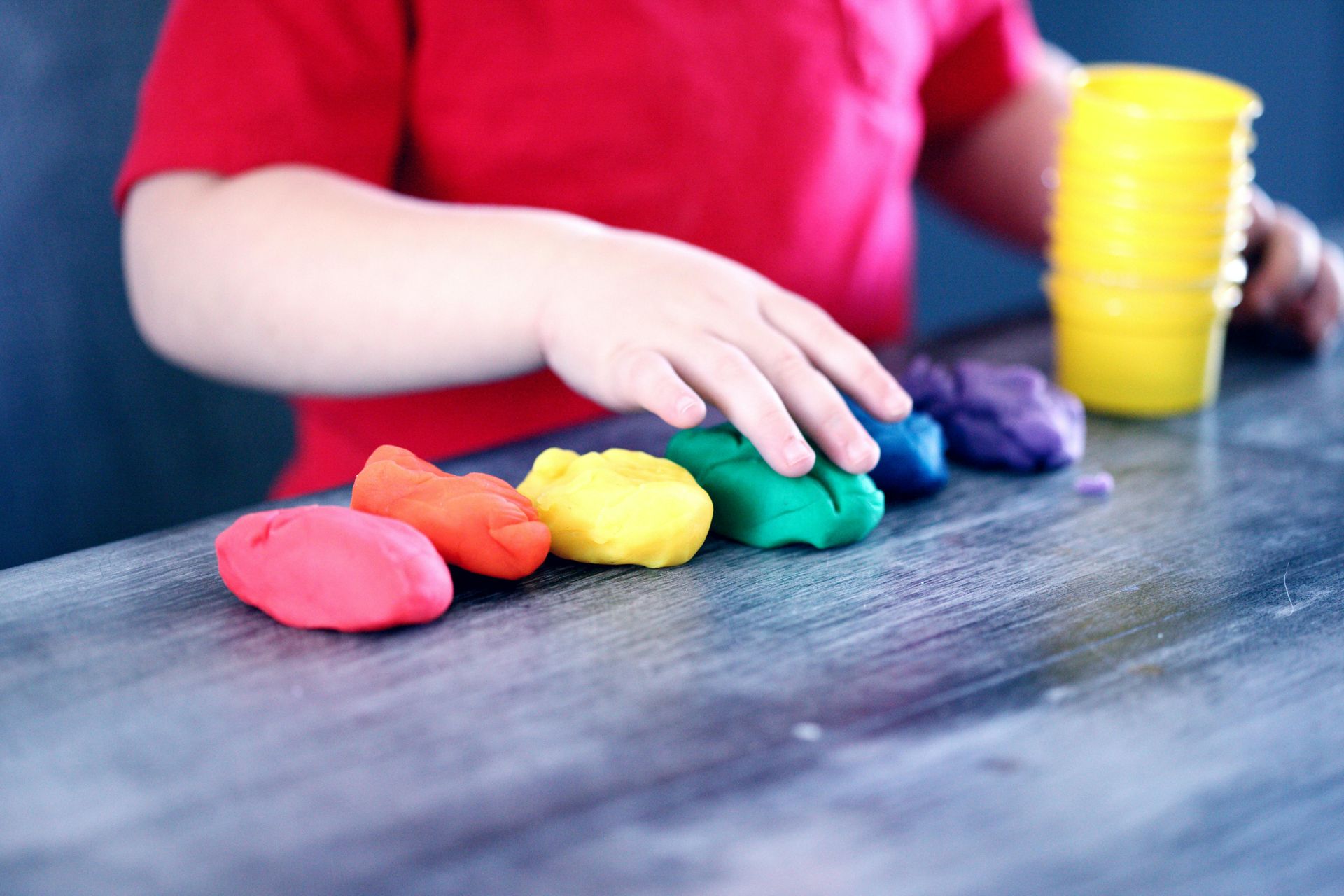Floor to Flu - Is Your Carpet a Hidden Health Hazard?
Carpets work hard behind the scenes. They cut noise, provide design elements for an office, and give floors a warmer feel underfoot. However, they also act like giant dust-and-germ traps. If carpets aren’t properly maintained in commercial spaces, they can become reservoirs of allergens, particulate matter and microbes. And when those nasties get kicked up into the air, they become something that everyone breathes.
What the science says
A major 2020 study published in Nature Communications introduced the idea of ‘aerosolised fomites’ (see Figure 1), which are tiny dust particles that can carry viruses and be resuspended into the air, potentially transmitting infection when stirred up. The paper showed this route of transmission in an animal model, demonstrating how contaminated dust and microscopic particles can move viruses through the air (Asadi et al., 2020). This finding raised new questions about how contaminated surfaces and floor dust might contribute to viral spread in indoor environments.
(Figure 1)
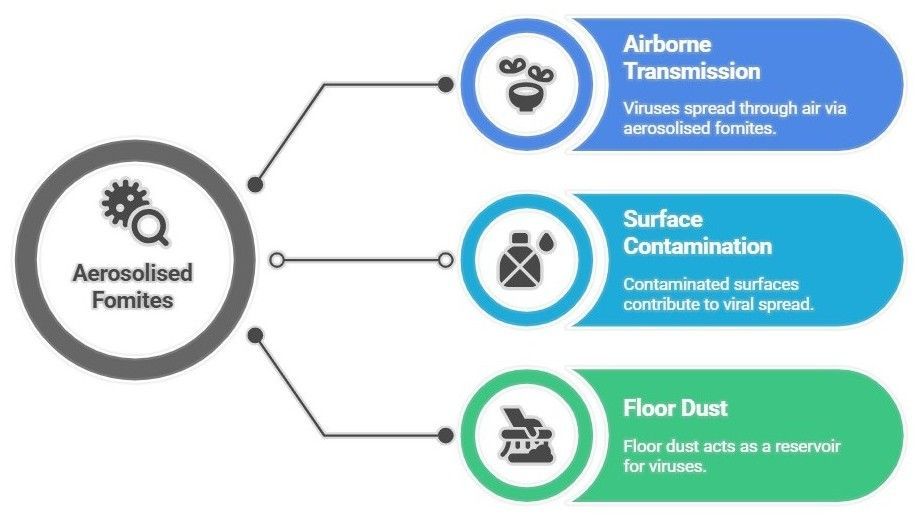
Further research in 2020 also confirmed that human activity, such as simply walking across a carpet significantly increases indoor concentrations of fine and ultrafine particulate matter (Benabed, Boulbair and Limam, 2020). In plain terms, every step can lift dust and particles from carpet into the breathing zone. Those particles can carry allergens, chemical residues and microbial life that aggravate asthma, allergies and other respiratory conditions.
Why this matters to your staff
- Resuspended dust isn’t just dust. It can include skin cells, food residues, pollen, microbial fragments and chemical residues, all things that can trigger sneezes, wheezes and sick days. Walking, cleaning, and HVAC airflow can also stir these particles up.
- Moisture-damaged carpets can grow mold and bacteria that worsen respiratory symptoms, potentially triggering allergies, asthma flare-ups, and other long-term health issues. Left untreated, these contaminants can spread through the air, and impact the health of everyone in the workplace.
Practical steps (what smart workplaces do)
- Increase frequency of professional deep cleaning. Regular hot-water extraction (steam) by
professional cleaners removes deep-set dust, allergens, and microbes far better than only vacuuming.
- Control moisture and fix leaks fast. If carpet gets wet, it must be dried and cleaned quickly to prevent mold.
- Coordinate cleaning with HVAC/ventilation. Minimise resuspension exposure during busy hours; schedule deep cleaning during off-hours, and ensure good ventilation afterwards to clear airborne particulates.
- Consider hard flooring in high-traffic or food areas. Where possible, remove carpets from kitchens, receptions or rooms with frequent spills. Hard floors are easier to disinfect, and less likely to retain biological loads.
Carpets themselves aren’t inherently bad; they’re useful and attractive, however in commercial settings, they demand a cleaning strategy that treats them as part of your building’s overall air-quality and infection-control plan.
Click here to request a commercial cleaning appraisal, where we’ll assess your complete cleaning requirements. Our commercial office cleaning services are available Australia wide.
References
Asadi, S., Gaaloul ben Hnia, N., Barre, R.S., Wexler, A.S., Ristenpart, W.D. and Bouvier, N.M. (2020). Influenza A virus is transmissible via aerosolized fomites. Nature Communications, [online] 11(1), p.4062. doi:https://doi.org/10.1038/s41467-020-17888-w.
Benabed, A., Boulbair, A. and Limam, K. (2020). Experimental study of the human walking-induced fine and ultrafine particle resuspension in a test chamber.
Building and Environment, [online] 171, p.106655. doi:https://doi.org/10.1016/j.buildenv.2020.106655.


